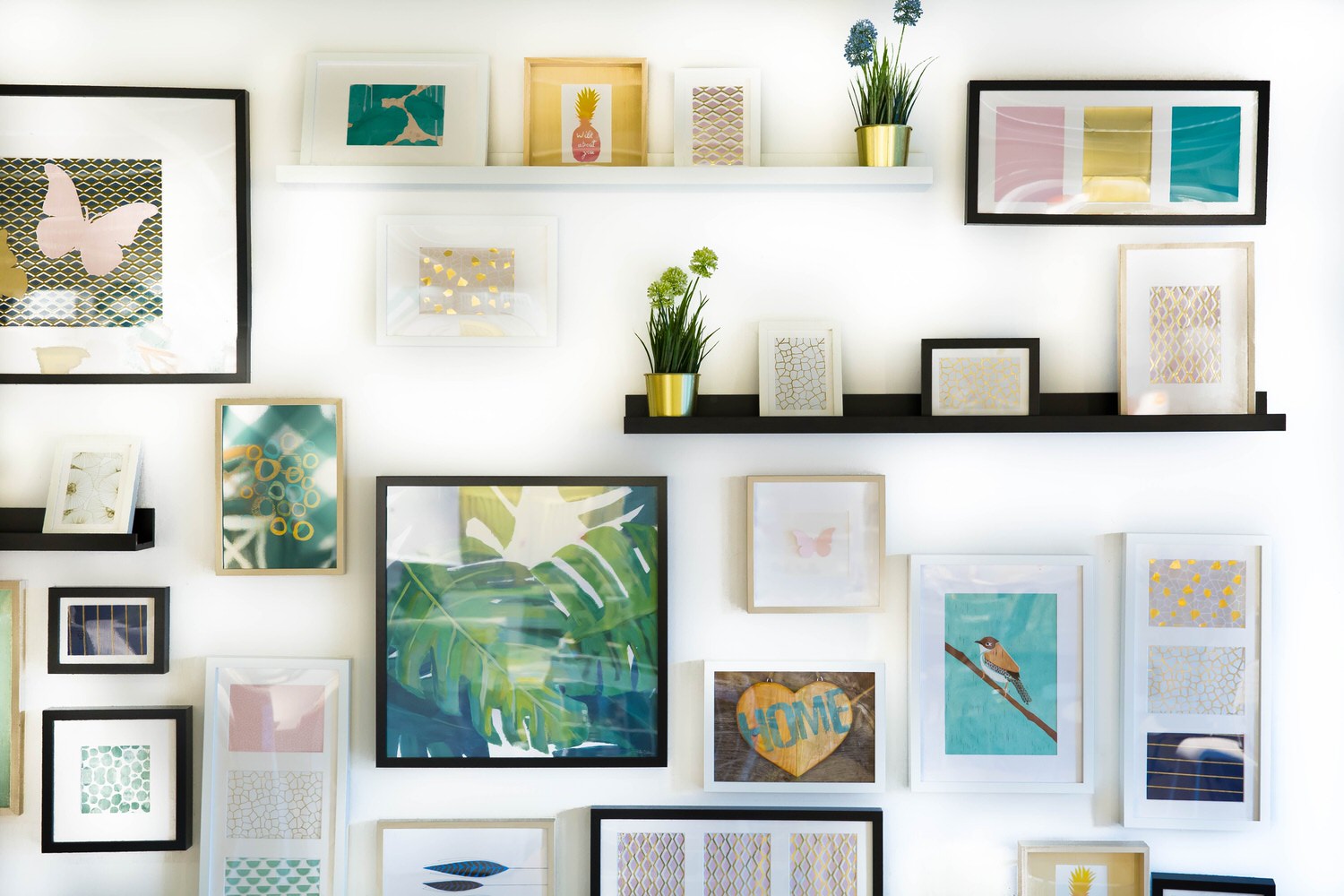Photo frames: How to choose the perfect frame
Looking to buy a photo frame for your wall, or maybe a gift for a friend? Here's my tips for choosing the perfect photo frame or digital photo frame.
Matthew James Oxlade
Choosing the perfect photo frame can be tough. Picking from a range of photo frames as a gift for a friend is even tougher.
When I first started with photography, I had no idea how to showcase my work. I started putting my work in photo frames that didn’t match. Picking a frame that matches a photo is like picking a matching outfit. They say stripes and dots don’t mix on clothes – well neither do certain frames with certain pictures.
There are many variables when picking your frame, including what wall it will go on, what the space looks like for where the frame will be placed, and so on. These tips will help you pick a photo frame that suits the picture.
Photo frames
Edge of the frame
Here’s a common mistake people make. Don’t pick the edge of the frame’s colour based on the colours within the photo. Instead, pick the photo frame colour based on the tones in the image.
The frames that look best for certain tones in images are:
- Cooler tones such as greens, pinks, blues and pastel colours all suit lighter frame edging
- Darker tones such as rich browns, reds and mustards suit darker frame edging
- Monochrome or black and white images suit black or white frame edging, whichever is opposite to the shade you want to accentuate (for example, black frame to highlight the white shades)
Common styles of frames are timber, smooth and coloured, and metallic. Most frames will have a timber centre, and only the outer layer will appear different.
It’s your choice, but common style pairings are:
- Formal photos, such as wedding photos and family portraits, and black and white photos suit metallic frames
- Candid photos that are not focused on opulence suit timber or black and white frames
Another consideration to make is the colour of the wall the artwork will be placed on. If you’d like the art to stand out more, pick the opposite tone to the wall’s colour. For example, dark walls that have lighter frame colours tend to make a more dynamic look.
Matting
The frame’s mat is the negative space that sits between your image and the frame. It’s normally a cloth or thick paper cardboard. Sometimes the mat is embossed with a certain design, but most modern frames have a plain mat. Matting is completely optional.
The simple rule for matting is that the mat and the frame should be different in colour. If you don’t have a different frame colour to the mat, on glance, it will look like your photo is super small and sitting inside a really thick frame.

Digital photo frames
The choices get a little easier when it comes to digital photo frames thanks to their limited styles. Unfortunately, that doesn’t mean it won’t be overwhelming to pick one.
There are so many brands in the digital photo frame market. The main differences are based on the way the photos are copied to the digital frame. Some make it easy and others make it tough.
Another aspect of digital photo frames that differ from device-to-device are the number of photos they can store.
Here are Lifewire’s picks of the best digital photo frames in 2020.
- Nixplay Iris
- Nixplay Seed Ultra
- MRQ 14-Inch Digital Photo Frame
Obviously there are many great digital photo frames on the market. When wading through all the features, you’re going to want to look for a digital photo frame that offers the following:
- Wi-Fi or Bluetooth connectivity
- Ability to play photo and video (check how long the max video length is)
- Resolution of at least 1920×1080 or HD display
- USB slot
- Warranty